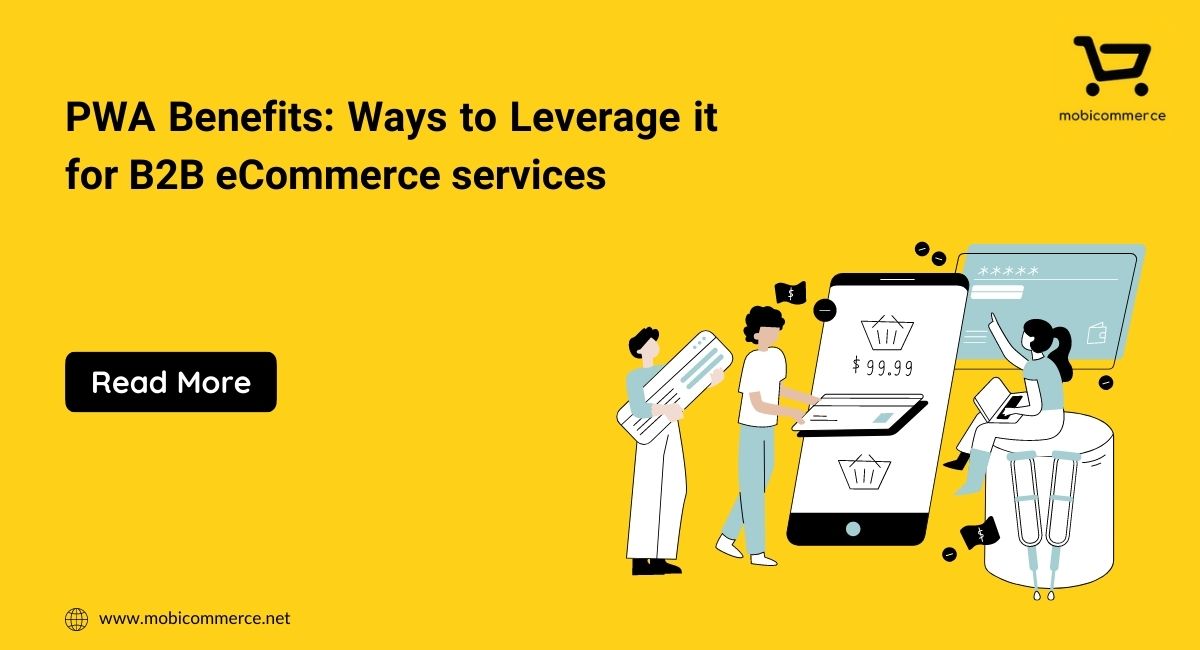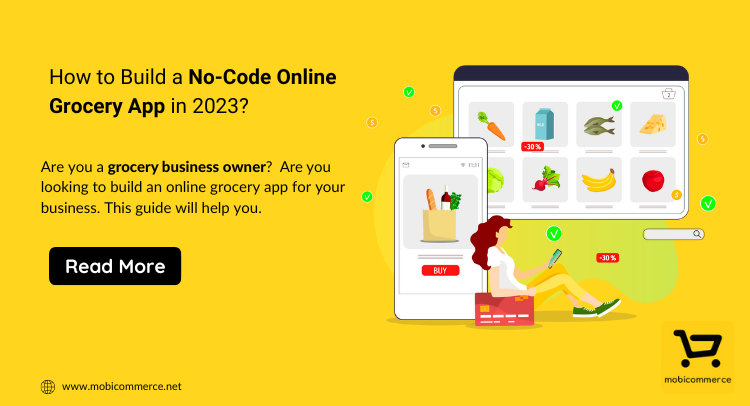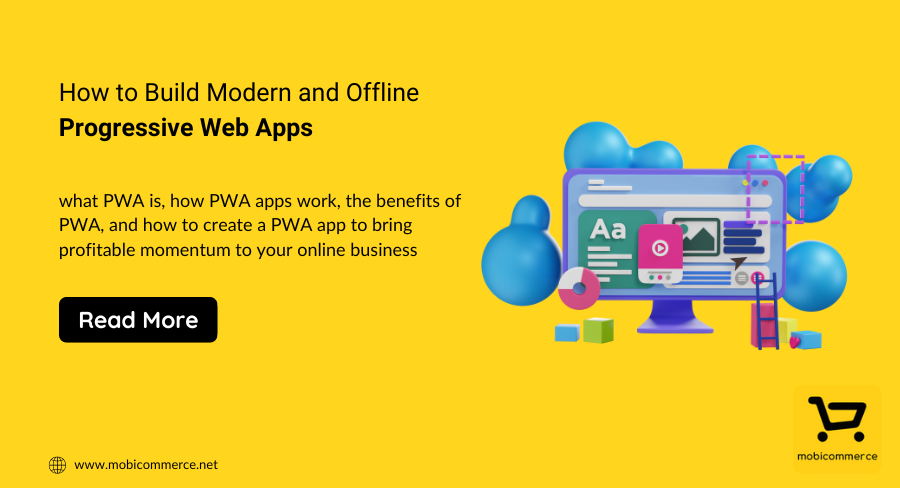When you think of online marketplaces, Amazon, Etsy, and Alibaba are probably the first few names that come to mind. Interestingly, an increasing number of eCommerce hopefuls today are opting for the multi-vendor eCommerce marketplace model.
In essence, the said model is an online umbrella platform where each seller can run their shop autonomously on a single platform, while the platform owner takes care of different aspects of an eCommerce store such as order processing, tracking, and payments.
According to research, marketplaces will account for almost thrice as compared to single eCommerce stores by 2021.
The time is not far, and we can already see that the market is an efficient and popular business model for start-ups looking to cater to a global market.
Adding to that, let us take a look at the benefits of multi-vendor eCommerce marketplaces:
A multi-vendor eCommerce marketplace typically plays host to a wide variety of sellers who sell different types of items. Customers thus have the convenience of shopping for different kinds of goods under one roof.
This attracts a more significant number of customers than if the marketplace were to sell only one type of good. At the same time, vendors are attracted to the multi-vendor eCommerce marketplace model as it provides them with a convenient online setup and a vast pool of customers to sell to.
For both these reasons, a marketplace model is a lucrative option for an eCommerce business to consider.
An eCommerce start-up will likely not be able to afford the costs of maintaining a full warehouse of sellable goods. In a multi-vendor marketplace, however, each vendor is responsible for keeping his or her inventory.
That releases the start-up of considerable financial burden, which is significant in the initial stages, and they can focus instead on website improvements and on scaling up their business with focus and efficiency.
When opening a multi-vendor marketplace, there is no need to invest time and money in designing products, maintaining inventories, or managing logistics. All of those are the responsibility of the sellers operating in the marketplace.
The marketplace can thus focus on promoting their business through social media, scaling its operations to reach global customers and website maintenance. This also means that they can work with a smaller team, which further brings down costs.
When it comes to creating virtual storefronts, the marketplace can do so easily with the help of any leading multi-vendor eCommerce marketplace software provider such as MobiCommerce. The company can help in launching a feature-rich, responsive online marketplace promptly.
Because of the wide variety of products and a large number of customers, marketplaces can make considerable sales far sooner than if they were to specialize in just one type of good. They earn a commission on each sale made by each vendor, the percentage for which they are free to decide.
The higher the number of sellers, the higher the volume of sales, and thus the higher the commission income for the marketplace.
However, a multi-vendor eCommerce platform comes with its own set of operational challenges, including:
While a large number of sellers ensure a wide variety of options for the buyers, it also leads to substantial price competition as there are several substitutes for each product. This could lead to intense price competition among vendors to grab larger market shares. As a result, the commission that the marketplace earns on each sale goes down.
Different sellers offer products of varying quality levels, and the sheer number of sellers makes it impossible for the marketplace owner to do a quality check on every product. If there are too many vendors selling shoddy products, it could bring down the marketplace’s reputation in the eyes of the customers.
However, the problem can be addressed to some extent by having in place a customer rating system for each seller and removing the sellers whose ratings dip below a threshold level. Amazon has that option, wherein you can check the rating of the product and its seller right on the product page.
While the vendors are responsible for the quality of their goods, the marketplace still needs to take care of deliveries. This requires efficient logistics in place to transport items safely and deliver them on time. Mainly, if the marketplace caters to multiple states or countries, managing these logistics can be a time-consuming and a rather expensive task.
The problem can be eliminated with a dynamic e storefront that allows the marketplace owner to track all deliveries from all sellers under a single roof.
Customer complaints are typically shared with the marketplace and not with the individual vendor. The marketplace is thus responsible for looking into the issues and following up on any refunds, returns, or replacements that might be needed.
That is a time-consuming process and requires a separate customer service team. Moreover, since complaints could come in 24×7, the marketplace needs to devote even more resources towards addressing all complaints promptly. However, this too can be resolved with the help of a marketplace solution provider.
Recommended Blog The B2B eCommerce Marketplace Technology
Wrapping up
A multi-vendor eCommerce platform requires superior technology and considerable investment to start the business on the right note. That is also one reason why many entrepreneurs shy away from dipping into the marketplace pond.
Thankfully, MobiCommerce is a multi-vendor eCommerce marketplace solution that can help them do away with such limitations and can figure out excellent growth opportunities without making a lot of mistakes.
So, what are you waiting for? Jump onto the marketplace at the earliest and thrive!

In order to improve user experience, businesses are increasingly turning to progressive web apps, which combine the best features of regular apps and websites. Ecommerce businesses which have created mobile-first PWAs have seen significantly faster page loading times, better conversion rates and improved engagement. On average, a website using PWA can increase speed performance by… Continue reading PWA benefits: Ways to Leverage it for B2B eCommerce services

If you have a grocery store and you are looking to take your business to the next level, then this is the right time to invest in grocery mobile apps. A report by Oberlo suggests that online grocery sales in the US are expected to reach $160.91 by 2023. Not only this, the revenue continues… Continue reading How to Build a No-Code Online Grocery App in 2023?

Most businesses create an app to establish their business in the digital world. But after some time, these businesses end up investing much more money by creating different versions and similar apps for different operating systems to stay relevant in the market. Later on, this choice of businesses becomes painful as they spend more money… Continue reading How to Build Modern and Offline Progressive Web Apps
Sign up for our newsletter and be the first to receive all the latest updates.
Request a callback from us by filling the form below.

Get your project estimate. Brainstorm business ideas. Book a demo. Get complete support and so much more!